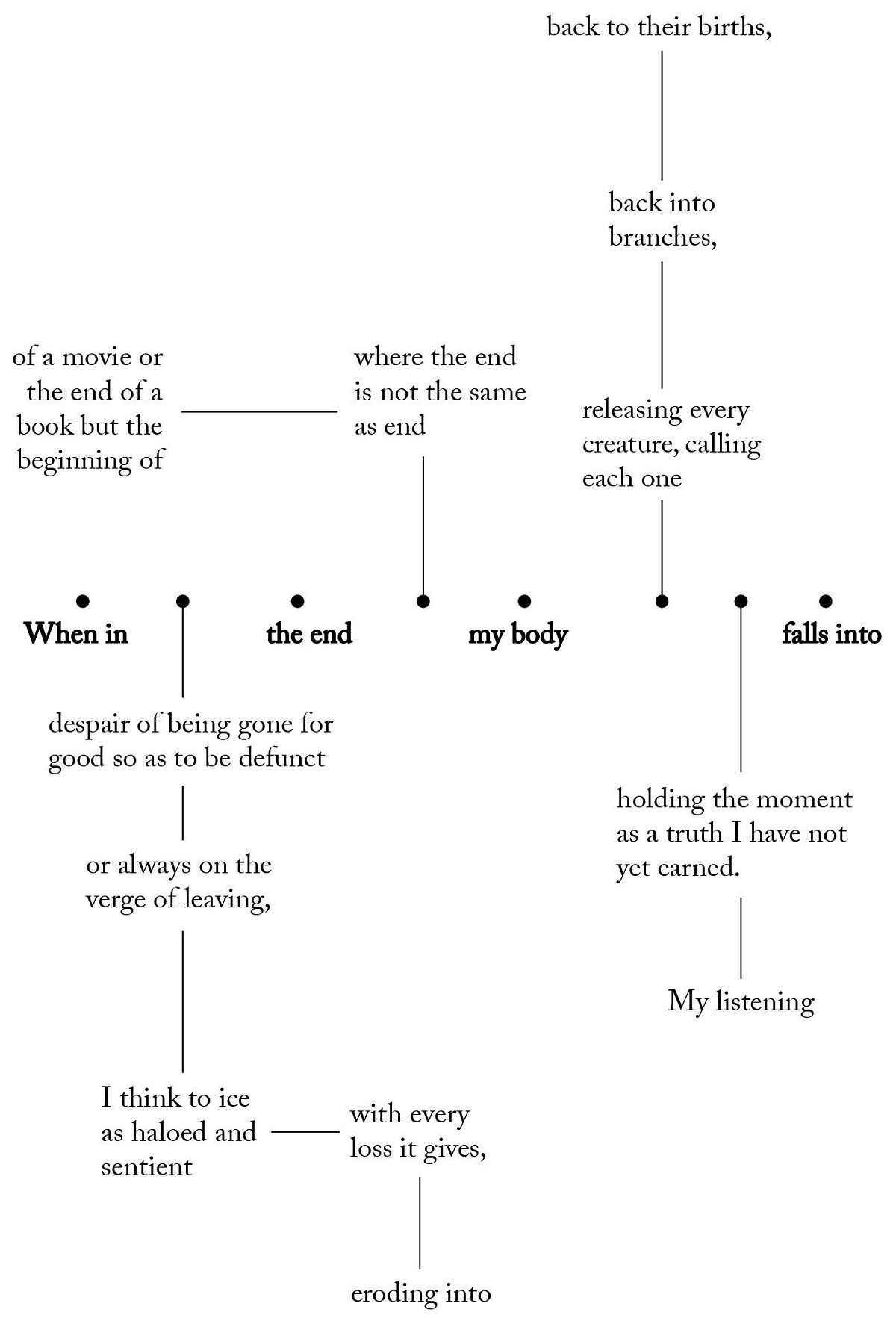A book of poetry all about sao la?
Yes, but also no. When introducing celebrated Hmong American poet Mai Der Vang’s latest poetry collection, Primordial, to peers here in Vietnam, the collection’s forefronting of the beloved and mysterious animal is a captivating entry point to a book that is also a beautifully lyrical investigation of self, Hmong history and diasporic identity, and motherhood.
“For a human / to call out to a creature, part of / the human must be creature, too,” Vang ends an early poem in the collection as part of her early intertwining of the speaker and the sao la. Her poetic focus on the sao la involves referenced reportage as well as plain-spoken details to introduce the basics of a creature “as alchemical as moonrise.”
Primordial will likely be the first time most readers learn of sao la. Seemingly aware of this, several early poems contain details of the animal’s biology and various facets of the modern world’s relationship with it including when and how western scientists first encountered it, its appearance on camera traps, and the death of a pregnant individual in captivity, as well as related subjects such as indiscriminate snare hunting, the use of endangered animals in traditional medicine and the larger ecosystem of dipterocarp, red-shanked douc langur, Capparis macrantha and Ammanite striped rabbit.
While Vang cites numerous academic texts and conversations in the notes and acknowledgment sections, Primordial is not a scientific work primarily concerned with informing readers of a little-known mammal. Rather, it's a work of art in which Vang converses with herself, the sao la, and us: “here is a basket / in which to gather snowlight, here is a blanket made of prayer. / Say to the saola: here is an echo / of the human you’ve left behind.” These conversations touch on safety, homeland, the fragility of biospheres, death, and the magic of life itself.

Mai Der Vang. Photo via Poetry Foundation.
As the collection continues, new themes and subjects emerge to add texture to the centrality of the sao la. About a third of the way through, the poem ‘Hmong, an Ethnographic Study of the Other’ arrives. Borrowing language from a 1923 scholarly article, it describes the Hmong skull as “Abnormal. Remarkably disfigured as to be defective. / Mind of barbarian, they say. / Mind of Hmong.” Slowly, and indirectly, metaphorical connections are made between the Hmong people and the sao la via their relationships to nature, survival, and outside gaze. Most overtly, both are described as rare, secretive, and at risk of extinction in the poem ‘Evolution, Absence’ which begins: “I question my existence” and ends: “Saola exist.”
The book drifts toward historical elements related to the Hmong, particularly their role in America’s secret operations during the war with Vietnam. Juxtaposing military jargon and slogans (“Repeated Assymetrial Interrogation Access ... Extradition Health Eradication”) are moments of profound and clever images (“wear the night at daylight, where the night at night, / wear the night to human, wear the night to bide”) which pull together elements of Vang’s first book, the Walt Whitman award-winning Afterland, a deeply lyrical meditation, and her Pulitzer Prize finalist follow-up, Yellow Rain, which collaged and assembled reportage materials about yellow rain following the war with America.
Vang’s gifts for evocative descriptions and tactile metaphors engender even the most informative early poems with a sense of intimacy. The second half of Primordial, however, contains the most personal passages as the speaker turns her attention towards the individual self, pregnancy, motherhood and childhood memories. And yet, even amidst recollections of her family’s visit to the laundromat or performing Hmong rituals in a home beside suspicious neighbors, the sao la is never far. It is used as a stand-in for the “I” in the section titles of the poem ‘Saola Grows up in California: Daughter of Hmong Refugees.’ Elsewhere, in poems where it is not directly mentioned, the sao la seems to lurk. For example, when the speaker claims to be “ever inundated by a world so ample / in its need to be emptied / so abundant in all its absence,” we cannot help but picture the sao la and its precarious future.
Primordial uses poetic form and format to further connect its themes and unite personal, mystical, historical, and scientific worlds. A series of reoccurring node poems appear like flow charts or family trees at first glance. Meanwhile, sections of visual poetry are embedded in the long poem ‘I Understand This Light to Be My Home’ with the words “language” and “light” stacked and fading so as to relate to the surrounding ruminations on self, perceptions, speech, and the universe. Finally, ‘Origin,’ is a long prosaic poem about the speaker’s pregnancy that employs unconventional use of brackets: “Once upon a time when all I had was [no] more, [nothing] could no longer be.” The resulting ambiguity forces the reader to slow down and repeat sections to consider how the punctuations impact meaning.

Portion of ‘Node: When in the end’ featured in full in Agni.
These departures from straightforward poetry will represent a challenge for many readers, particularly those who do not regularly seek out poetry. Undoubtedly, the entire genre can be daunting, and I worry that a sense of “not being smart enough” to understand these choices may turn people away from the entire book. Yet, I would recommend they be seen as indiscernible elements essential for approaching topics that utilitarian language alone can never fully fathom. A creature as obscure as the sao la, like the concept of a culture, let alone how the two are connected, cannot be summed up in a few stanzas, and these maneuvers speak to the mysteries required for them to take shape.
Primordial’s many layers, complexities, and ambiguities, to say nothing of its moments of pure beauty and profundity, invite numerous readings. Different days and moods will result in different takeaways depending on what each reader brings to the collection. One reoccurring feeling it leaves me with, though, is labored optimism. For now, the sao la survives, the Hmong survive, the reader survives and Mai Der Vang survives, reminding us all “you are not lost, you won’t be lost.”















